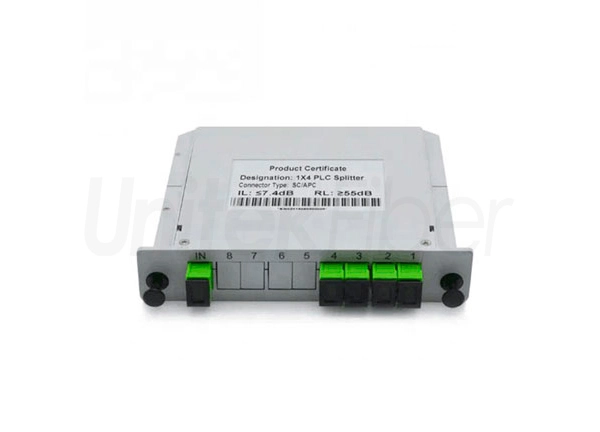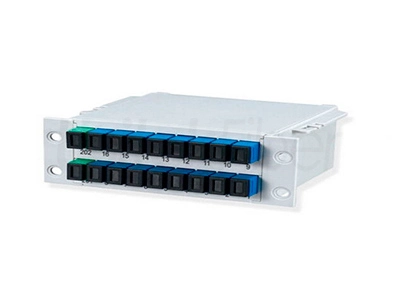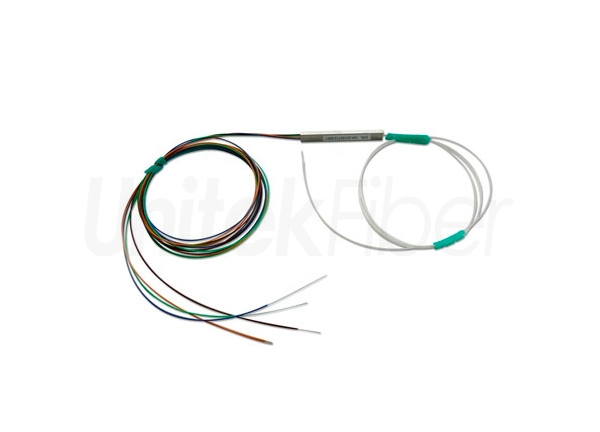
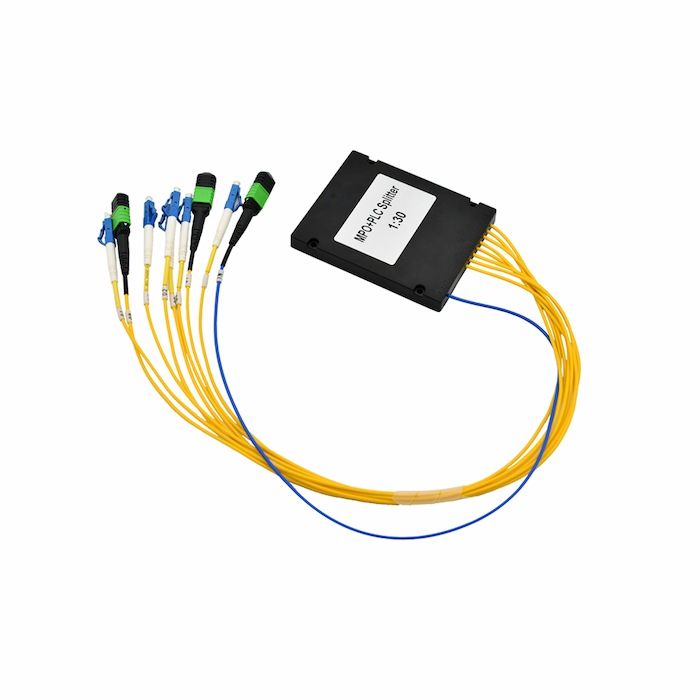
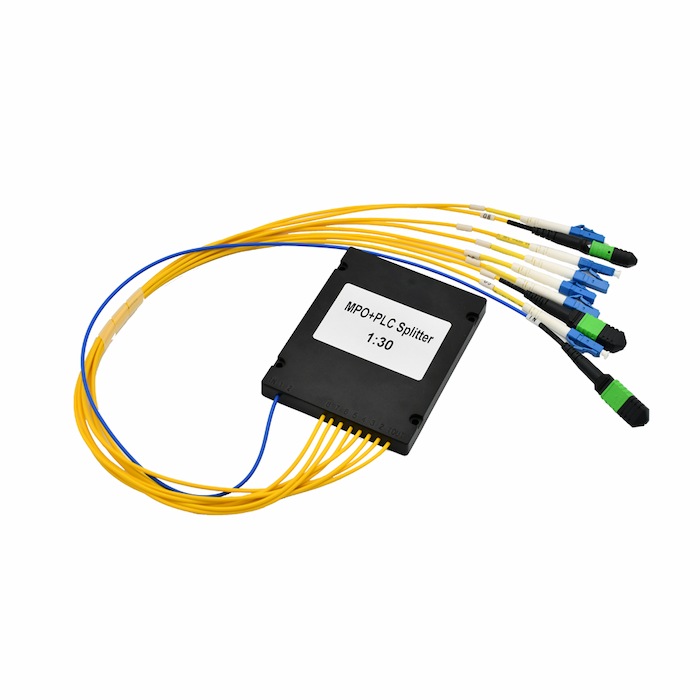
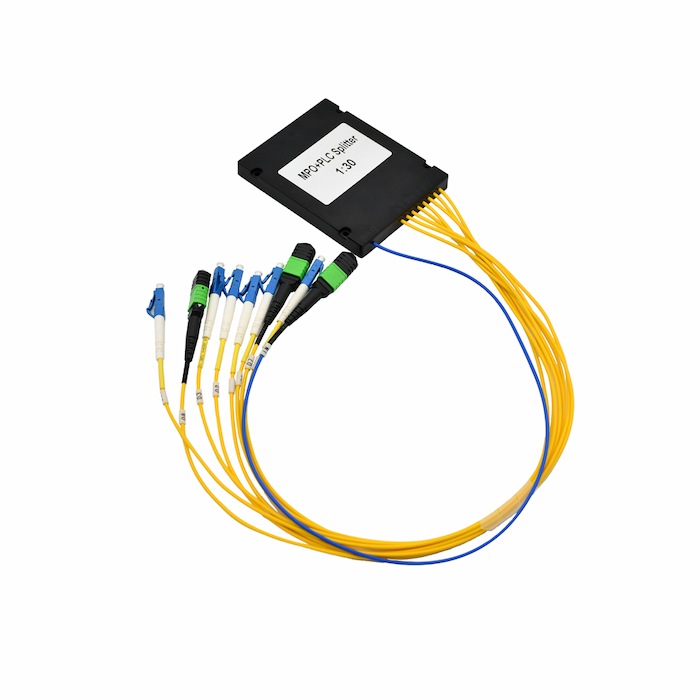
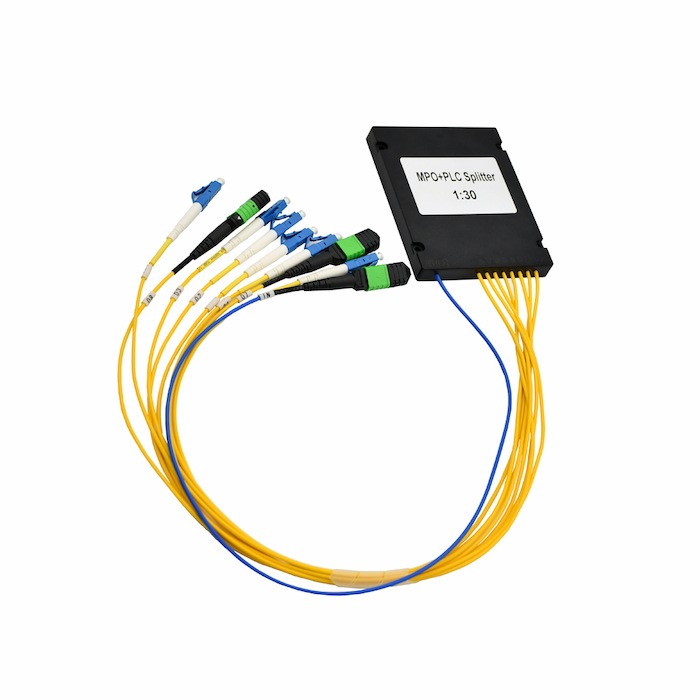
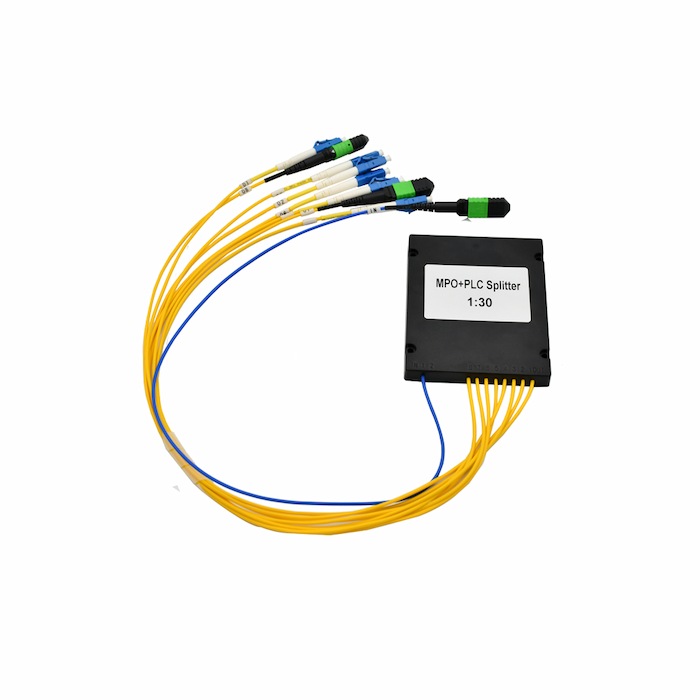
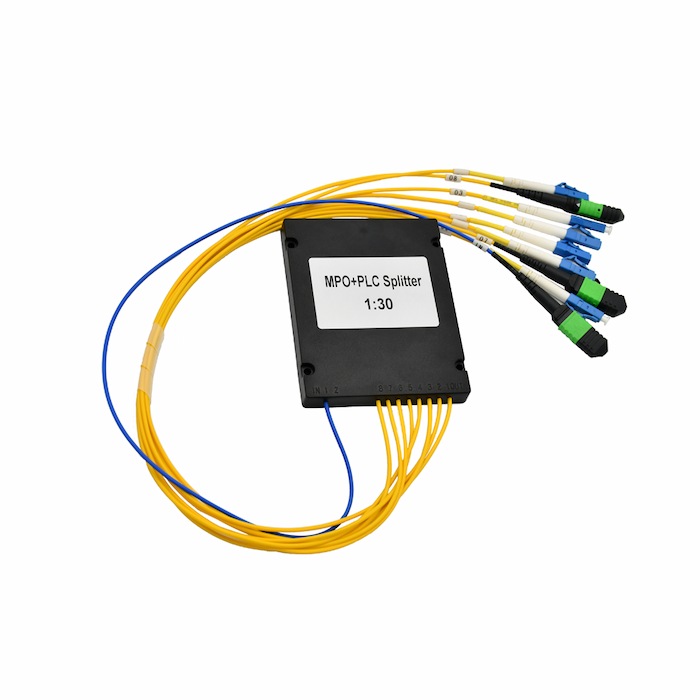






The cassette optical PLC splitter are an essential component of fiber optic networks used for distributing optical signals to multiple subscribers or endpoints. The optical PLC splitter divides incoming optical signals into multiple output signals, which is necessary for efficient signal distribution in PONs and FTTH applications. The compact design of cassette optical PLC splitter is an essential feature that makes it ideal for fiber optic network infrastructure. The optical PLC splitter is typically housed within a small module box or cassette, making it easy to deploy. Additionally, the compact size facilitates efficient use of space, especially in environments where available space is a constraint.
The ABS cassette fiber optic PLC splitter is named so because it comes pre-loaded in a compact cassette module, which simplifies installation and improves overall optical cable management. It typically features one input port and multiple output ports, allowing it to split a single optical fiber signal into several channels. The cassette design of the optical PLC splitter offers space efficiency, making it ideal for installations with limited cabinet space. It neatly fits into the cassette slot, reducing clutter and enabling easy maintenance and future expansion.
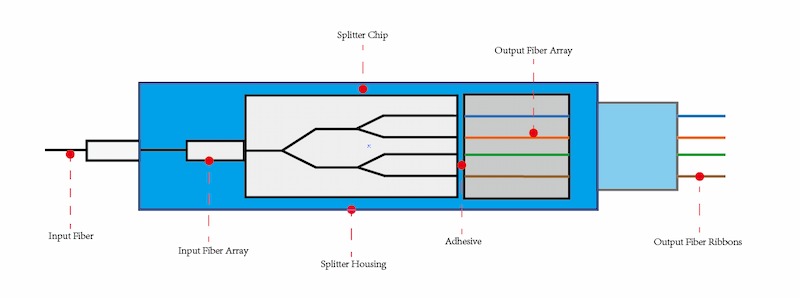
The MPO/MTP connector used in conjunction with a optical PLC splitter offers several advantages for fiber optic networks. One of the primary benefits is its high optical fiber density, which facilitates efficient use of space. Additionally, the push-pull mechanism of the MPO/MTP connector allows for quick and easy installation. The precise alignment of its ferrule design minimizes loss and improves signal quality. Furthermore, the multi-fiber design simplifies testing and troubleshooting, and its compatibility with a variety of systems and equipment makes it versatile. Lastly, the use of MPO connectors with optical PLC splitter can result in cost savings due to their high optical fiber density and ease of installation/maintenance.
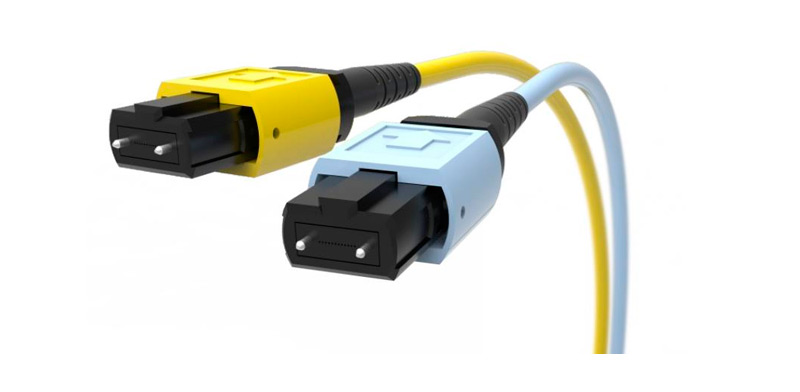
Fiber optic PLC splitter are essential components in data center networks. They enable the efficient distribution of optical signals among different network devices, including switches, optical transceiver module, and fiber optic patch panel, facilitating high-speed networking and reliable data transmission. In addition, they play a crucial role in redundant network setups, distributing optical signals across redundant paths or devices to ensure uninterrupted operation in the event of equipment failure. Overall, fiber optic PLC splitter provide critical support for the complex infrastructures found in data centers, enabling efficient communication, data transfer, and network resilience.
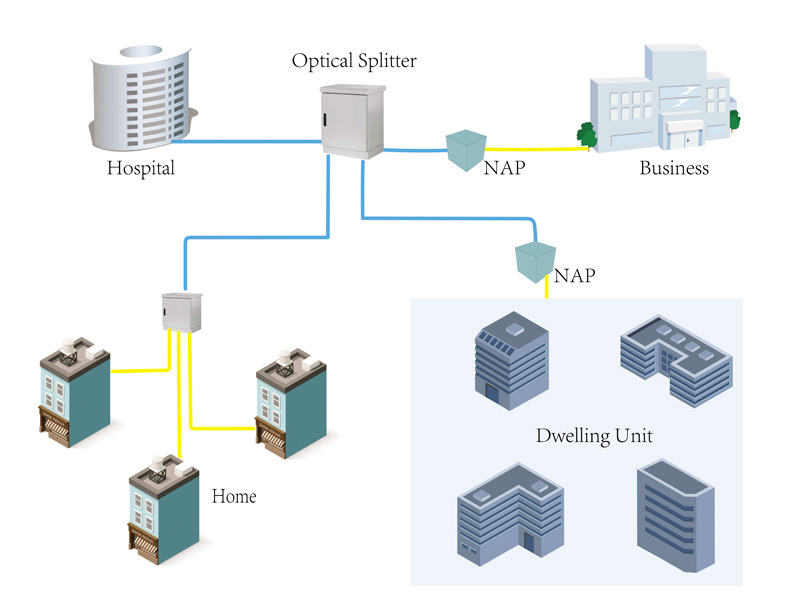
The reliable and tested MPO/MTP fiber optic PLC splitter is a cutting-edge solution for efficient and high-performance fiber optic networks. The MPO/MTP connector interface ensures quick and easy installation, minimizing downtime and maximizing productivity. Moreover, this MPO/MTP connector of optical PLC splitter undergoes rigorous testing to ensure its reliability and performance. It adheres to strict industry standards, guaranteeing consistent and accurate signal transmission. With its compact and durable design, the reliable and tested MPO/MTP fiber optic PLC splitter is an ideal choice for telecommunications companies, data centers, and other industries requiring fast and reliable network connections.


Common splitting ratios for PLC splitters include 1:2, 1:4, 1:8, 1:16, and 1:32, although other ratios may be available depending on the specific application requirements.
A PLC (Planar Lightwave Circuit) splitter is a passive optical device that can split an incoming optical signal into multiple output signals.
The most common types include bare ribbon splitter, steel tube splitter, cassette PLC splitter and LGX splitter.
The PLC splitter use waveguide technology to split the signal, while FBT splitter use fused optical fiber to split the signal.
Most PLC splitters are designed to operate in the 1260-1650nm wavelength range, which covers the standard optical communication bands.
The installation was straightforward, and the splitter has been working flawlessly, providing efficient distribution and ensuring reliable connectivity.
The build quality is excellent, and the performance has been rock solid. I'm impressed with the reliability and peace of mind it offers.
The ability to have multiple stages of splitting has allowed me to create a hierarchical network architecture, enabling efficient signal distribution to numerous devices.
This splitter efficiently divides optical signals based on their wavelengths, allowing me to route different wavelengths to various destinations within the network.
The installation was straightforward, and the performance has been outstanding. It has significantly improved our network's capacity and eliminated any connectivity issues.


